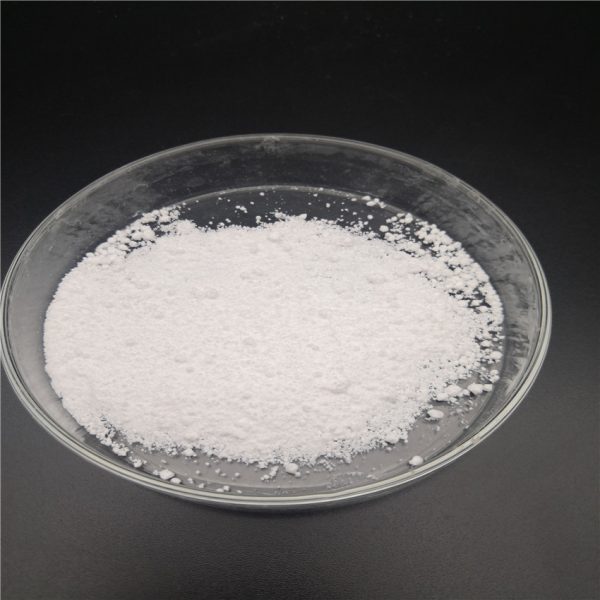
Quartz is one of the most common rock-forming minerals in nature. At present, the types of siliceous raw materials that can be used mainly include vein quartz, quartz sandstone, quartzite, natural quartz sand, powder quartz, crystal and granite pegmatite (mainly used for processing high-purity quartz).
The characteristics and application directions of quartz ores from different rock types are different.
(1) Vein quartz is mainly formed by silicon-rich magmatic hydrothermal fluids or metamorphic hydrothermal fluids filling cracks. Usually, the SiO2 grade of vein quartz ore is high, reaching more than 98%, with low impurity content such as Fe, simple mineral composition, and strong ore processability. Some vein quartz can meet the requirements of high-purity quartz raw materials after purification and processing, but vein quartz has high hardness and relatively small ore body scale. Therefore, vein quartz is mostly used as raw material for producing high-end glass, silicon micropowder, industrial silicon, high-purity quartz and other high-value-added products.
(2) Quartz sandstone is a type of sedimentary rock formed by various source rocks (such as granite, granite pegmatite, vein quartz, etc.) after weathering, erosion, transportation, deposition, and cementation. During the erosion and transportation of quartz sandstone, most weatherable minerals will be naturally weathered and eroded, so the overall SiO2 grade of quartz sandstone ore is relatively high, usually >90%. In quartz sandstone, quartz is the main mineral of the rock, and mica, feldspar, rutile, clay minerals, etc. are secondary minerals. Since quartz sandstone is formed by the erosion and transportation of source rocks of different qualities, quartz particles of different qualities are “mixed” together. In the process of cementation and rock formation, clay minerals are also easily cemented or exist in quartz cracks or depressions, which are not easy to remove. Therefore, the upper limit of quartz sandstone’s overall processing and purification is limited and it is difficult to process it into high-purity quartz. However, its ore grade is high, large-scale, and easy to mine. It is widely used in glass, ceramics, metallurgy, refractory materials, plates and other bulk application industries.
(3) Quartzite is formed by quartz sandstone or siliceous rock after metamorphism and recrystallization. The SiO2 grade of quartzite ore is >85%. In quartzite, minerals of different metamorphic levels such as feldspar, mica, chlorite, hornblende, andalusite are often associated with quartz minerals or encapsulated in quartz minerals. Quartzite is often harder than quartz sandstone. It has the characteristics of high ore grade, large scale and easy mining. It is widely used in glass, ceramics, metallurgy, petroleum fracturing sand, chemical industry, mechanical casting and other industries.
(4) Natural quartz sand is uncemented quartz sand formed by marine (or river or lake) transportation. The ore SiO2 grade is >90%, containing a small amount of feldspar, mica, tourmaline, rock debris, etc. Natural quartz sand has the characteristics of easy mining, moderate particle size and good angular factor. It is mainly used in metallurgy, ceramics, casting sand, petroleum fracturing sand and other industries.
(5) Powder quartz is fine-grained quartz formed by weathering residues of siliceous limestone or siliceous rock. The ore SiO2 grade is >95%. Powder quartz has the characteristics of high ore grade, easy crushing and stable quality. It is mainly used in wear-resistant materials, silicon micropowder, refractory materials, ceramics, plates and other fields.
(6) Crystal is a type of quartz produced in the form of SiO2 crystals. Crystals often show different colors due to the presence of different ions. For example, when Si4+ in the crystal lattice is replaced by Fe3+, it will show purple and other colors. Crystal mines are small in scale, difficult to mine, and have unstable mineral composition. They are currently mainly used in piezoelectric crystals, optics, natural decorations and other fields.
(7) Granite pegmatite is mainly formed by granite magma rich in volatiles in the late stage of magma evolution. Since the mining and crushing costs of pegmatite are much higher than those of other siliceous raw materials, high-purity quartz is currently mainly produced from quartz minerals in pegmatite formed under special conditions. It is currently the most important type of high-purity quartz ore in the world.
